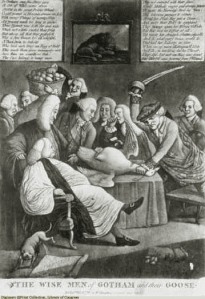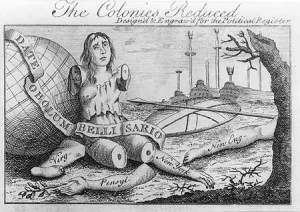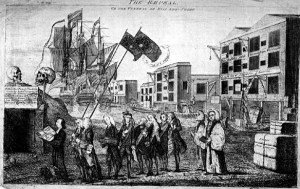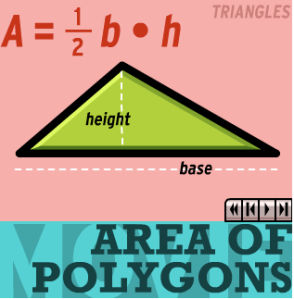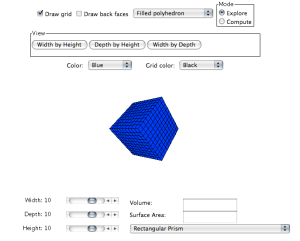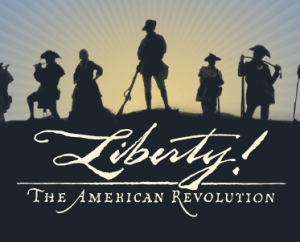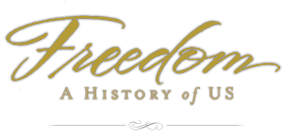As I mentioned yesterday, we spent some time in class looking at political cartoons from the time period right before the Revolutionary War. My blog post today will elaborate more on the topic and what we looked at in class.
Prior to the Revolutionary war, as tensions grew between the colonists and loyalists, art emerged as an tool for rallying support on both sides. After the Boston Massacre, Paul Revere’s famous print of soldiers firing on innocent civilians caught the attention of colonists and inflamed anger towards the British. In class we studied several different pieces of art that were created to stir emotions, whether sympathy, anger, or sometimes a bit of humor at the tense relationship between the colonies and Britain.
As we looked at them in class, we payed special attention to the symbols that were used and how they reflected actual historical events and the sentiments of the colonists. Here are several of the prints we examined in class.
The Wise Men of Gotham and their Goose
Published by Humphrey Gerrard on Frb. 16, 1776 in the Street Soho.
As you look at the cartoon, pay special attention to what the goose and its eggs could symbolize, as well as what the dog in the bottom left corner is doing on the map of the American colonies.
“The Colonies Reduced.”
By Benjamin Franklin, 1767 and published in Great Britain.
One thing in class that we talked about was how important it is to think about what the audience is, and how this impacts how the subject matter is taken into consideration. This print was made for the British to warn them of what might happen to Britain if the colonies should separate.
“The Repeal, or the funeral of Miss Ame- Stamp”
By Benjamin Wilson, March 18,1766
If you look carefully, you will see one of the people in the funeral procession carrying a piece of paper. Looking at the title of the print, what do think the paper is, and who do you think the funeral is for?
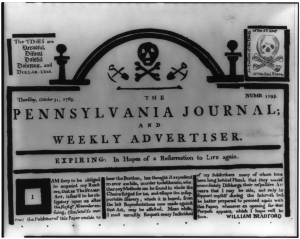
Masthead of the Pennsylvania Journal and Weekly Advisor
Publisher: William Bradford, October 31, 1765
The above newspaper was published the day before the Stamp Act went into affect. The words around the skull and crossbones version of the stamp read, “An emblem of the effects of the STAMP – O! the fatal stamp.”
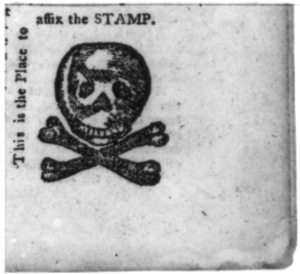
Here is another version of a skull and crossbones version of the stamp.
You can click on the first three illustrations to take a look at the websites where I found them. The bottom two both came from the Library of Congress website that I mentioned yesterday.
Students are currently working on creating their own historical political cartoons. I’ll post them on the blog when they are ready.
Homework:
- Language Arts: Fill out paragraph 4 graphic organizer for Chocolate persuasive essay.
- Math: Study Link on labeling geometric solids. Optional page on truncated polyhedra.
- Other: Continue to work on vocabulary packet.
Mr. Weis
